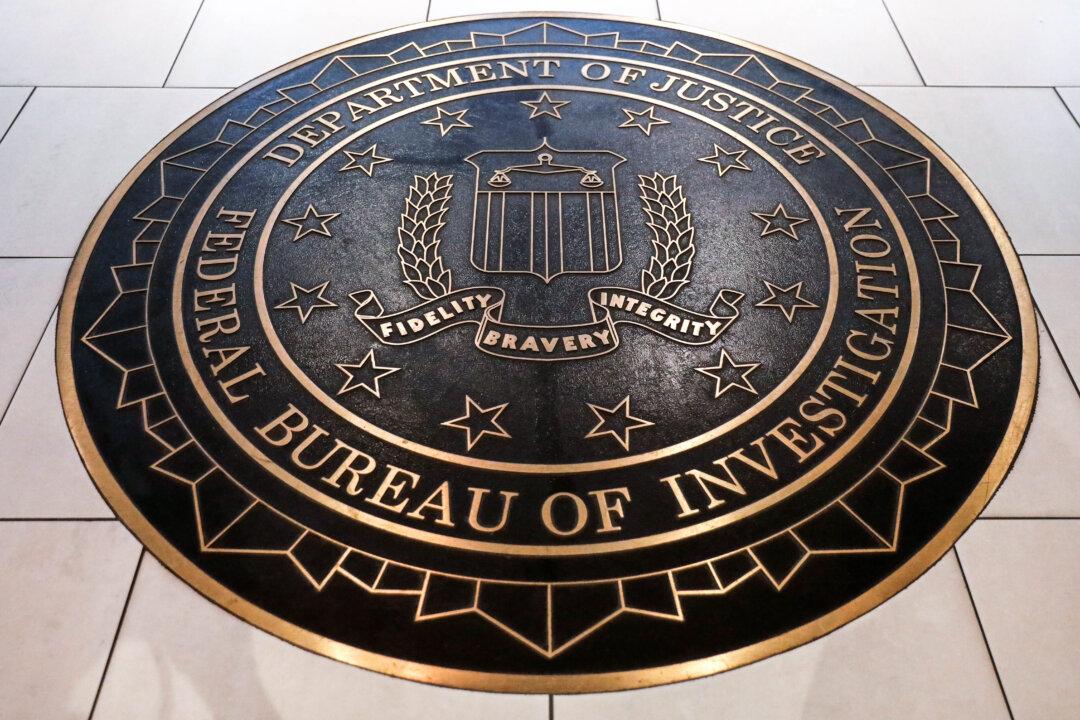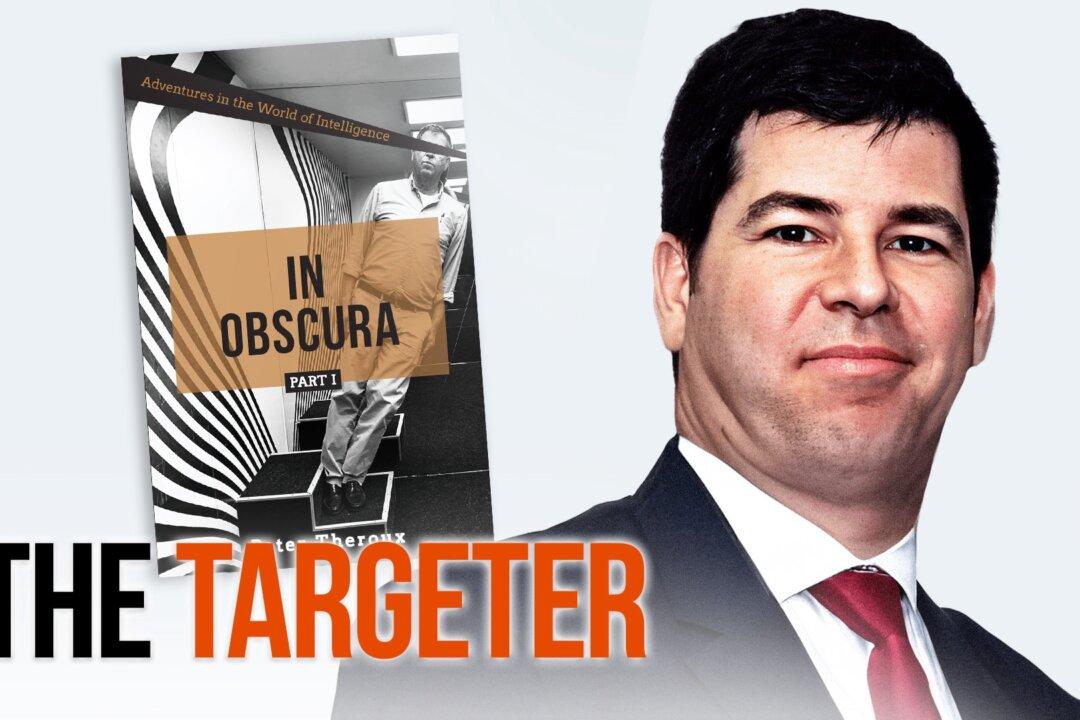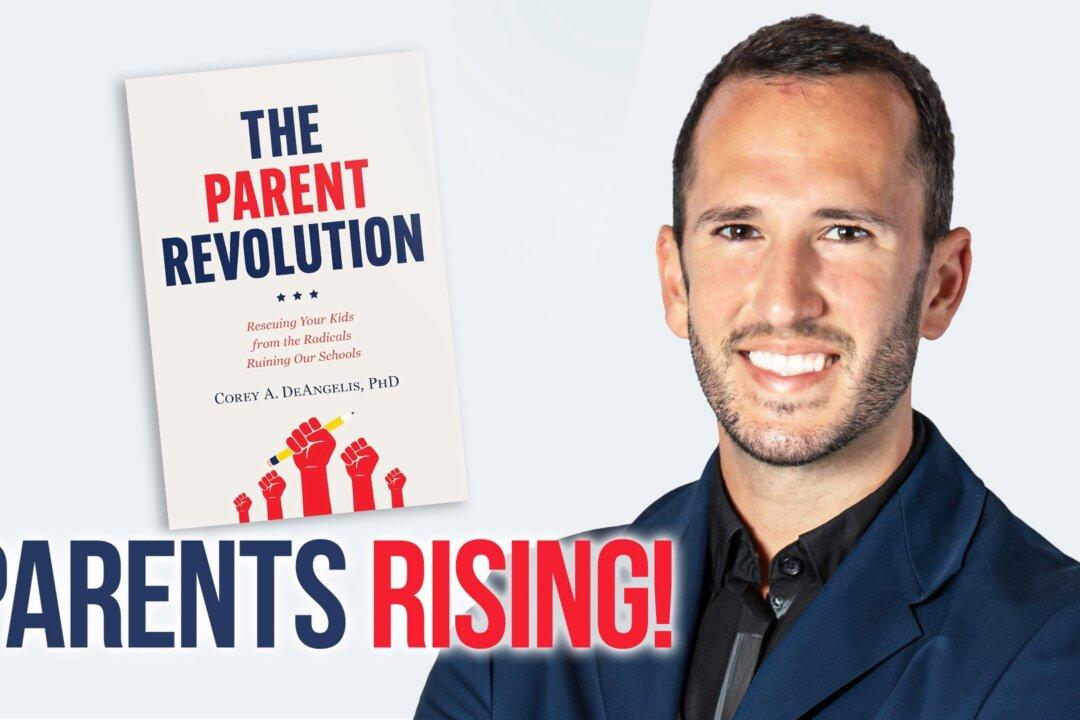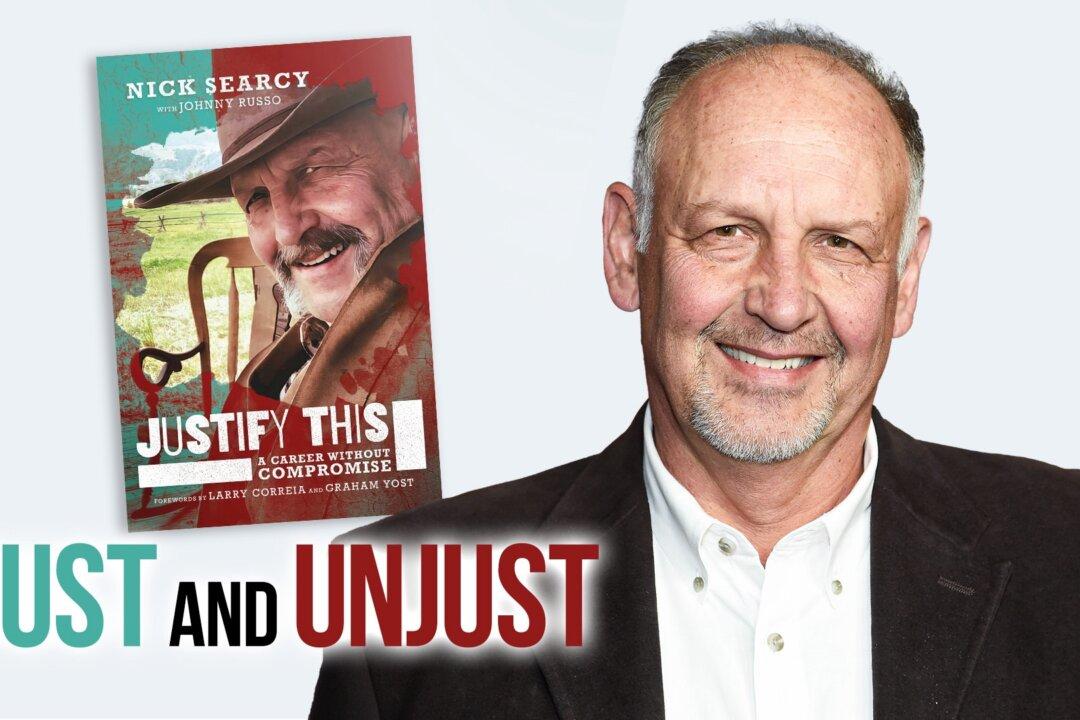Commentary
Affidavits filed in a federal court on June 21 raise crucial questions about the FBI’s role in the 2016 Hillary Clinton presidential campaign’s efforts to vilify her opponent, Donald Trump, as a Russian agent. The FBI obtained a Foreign Intelligence Surveillance Act (FISA) warrant to spy on the Trump team based on a dossier of memos alleging Trump’s ties to Russia that was filed by Clinton campaign contractor Christopher Steele.





